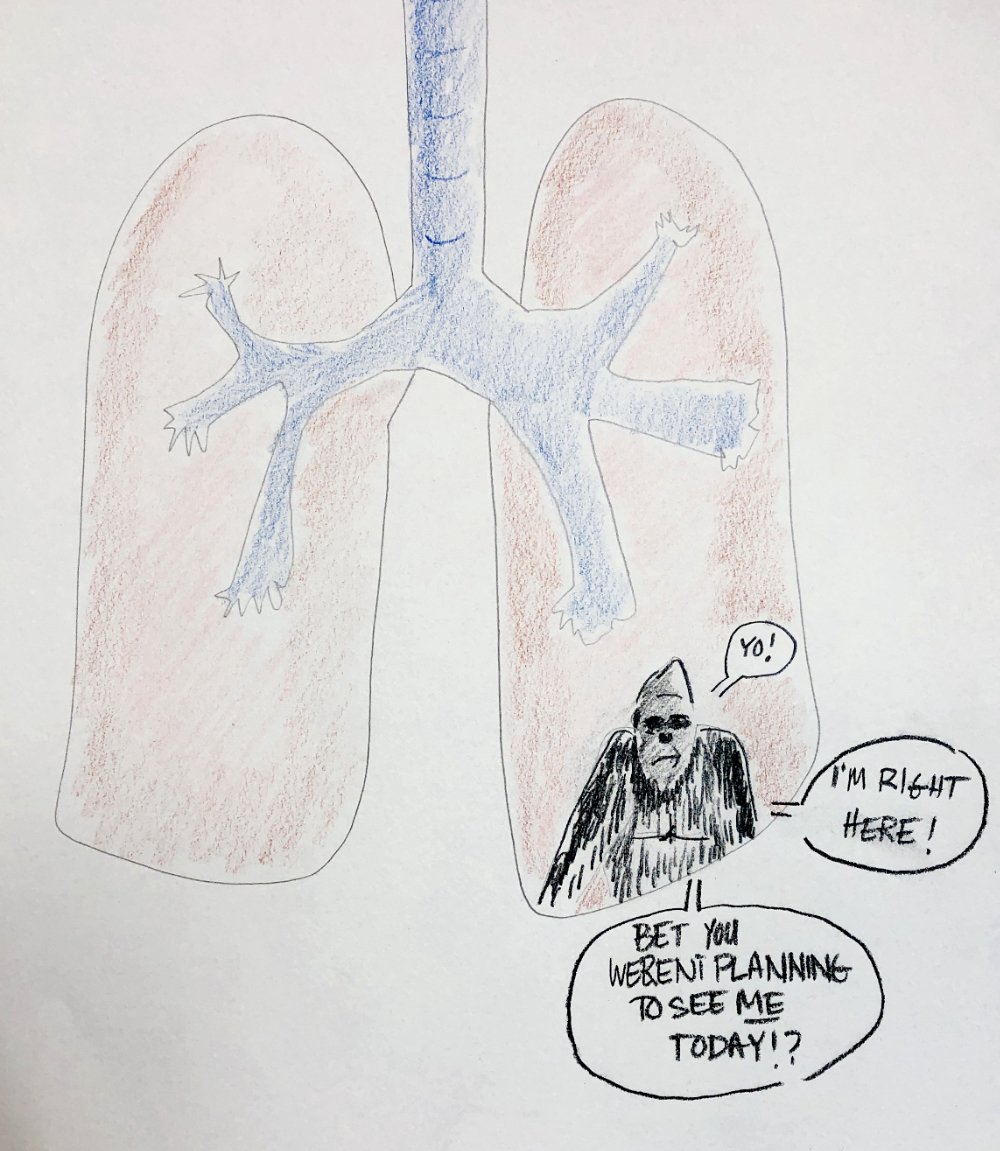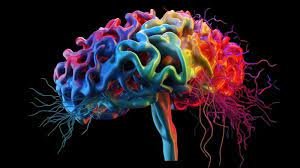
Increased Neural Matter? Yes, Please!
Drawing isn’t just for artists—it's a brain-boosting activity that enhances visual imagery, fine motor skills, and procedural memory. Studies show that artists have more neural matter in key areas of the brain, confirming what I've observed for years: drawing strengthens problem-solving abilities. Procedural memory, the brain’s "how-to" memory, plays a vital role in daily tasks and learning new skills. At LZM Studio, drawing helps both kids and adults improve cognitive function, creativity, and real-world problem-solving. Drawing exercises both sides of the brain, making it a powerful tool for development in school, work, and life.

Sophisticated Graphite Pencil Portraits, for Kids and Adults!
Many believe kids can’t draw as well as adults, but with the right guidance, they can! Children like Ellie, age 11, can create impressive portraits with time and practice. Ellie’s portrait took over five hours to complete, showing how patience and focus help kids develop their skills.
Drawing Tips for Kids:
Spend More Time Drawing – Encourage kids to take their time and observe details. Use a timer to gradually increase drawing time for better results.
Focus on the Face Shape and Features – Pay attention to the spaces between facial features. Shading areas like the nose, cheeks, and forehead adds realism to the portrait.
With practice and persistence, kids can improve their drawing skills and create amazing portraits!

How Drawing Is Like Juggling; How Both Are as Difficult to See as a Gorilla on a Radiology Image
Drawing and juggling are both "global skills" that require the integration of smaller component skills. Like a juggler coordinating hands, eyes, and brain to keep objects in motion, an artist must balance elements like line direction, shading, and texture. However, beginners often struggle to focus on all components at once, leading to frustration.
A study of radiologists missing a "gorilla" in medical images illustrates how the brain filters out irrelevant details when focused on a task. Similarly, drawing requires practice and focus to master, much like juggling. With time, both skills improve, sharpening your cognitive abilities and perception.

Will Learning to Draw as a Child Change Your Brain as an Adult?
Many wonder if learning to draw as a child can change your brain as an adult. From my experience teaching kids, I can confidently say it does. Drawing helps children see the world differently, creating lasting cognitive changes.
A Northwestern University study shows that childhood music lessons result in long-term brain changes in adults. Could drawing have a similar impact? It’s a question worth exploring!
Want to Learn More?
Read the study on childhood learning and its effects on adult brain function. Click here to explore!

Drawing & Mindfulness
This weekend, I led a drawing meditation workshop at Dharmata Sangha of Austin, using classical line drawing to cultivate mindfulness. Through art, participants learned to quiet the mind and enhance their meditation practice. Over my 20 years as an artist, I’ve found that drawing helps calm the "loud mind syndrome," fostering presence and creativity. These workshops aren’t about creating art but about experiencing the peace of being fully engaged in the process. The true benefit is the mindfulness achieved through the act of drawing.

It’s All About the Mind, Folks!
This summer, I had the privilege of working with a small group of 5-year-old girls in private lessons. In our first session, I asked them to refrain from using erasers—a challenging request for many at this age, as they are still developing fine motor skills. Rather than focusing on "perfect" drawings, I encouraged them to embrace their mistakes, seeing them as opportunities to grow and improve. By the end of the lesson, the girls had learned to adapt and thrive, gaining confidence in their creativity.
In week two, Phoebe W. presented me with a heartfelt drawing, a testament to the clarity of spirit that even young children can possess. It reminded me that, "It's all about the mind"—a powerful lesson for us all
